This is an authorized translation in English of a post in French by @japon: Daigo-ji, le grand complexe bouddhiste construit à flanc à montagne
As my primary language is not English, there are probably some mistakes in my translation.
Remember that the person that speaks here is NOT me, Vincent Celier (@vcelier), but @japon, a French guy.
After visiting the sanctuary of Fushimi Inari Taisha, with my friend Patrick I propose to go to the big Buddhist complex of Daigo-ji.
Both sites are a little more than 6 kilometers apart. It's a bit long to do it on foot. Yet there is no trivial public transport between the two points. We return to the center of Kyoto by subway, Karasuma line. We change at Karasuma Oike station and take the Tōzai line. A trip that took us almost an hour and made us take a long detour to finally get back to where we were.
Despite its location far enough away from the city center, the Daigo-ji attracts many visitors, and since 1994 it is part of Kyoto World Heritage sites.
The temple is unique in that it is built on the side of the mountain, and divided into two large parts.

First you come to a large path lined with cherry trees. As soon as you pass the main gate, you reach the "Three Treasure Pavilion" and its beautiful garden.
We appreciate its moss-covered stones, wooden pavilions and beautifully manicured gardens. Part of the visit is done in a way that has now become a habit. We take off our shoes and we walk on old wooden passageways. On the sides, beautiful shōji panels let in a soft light.
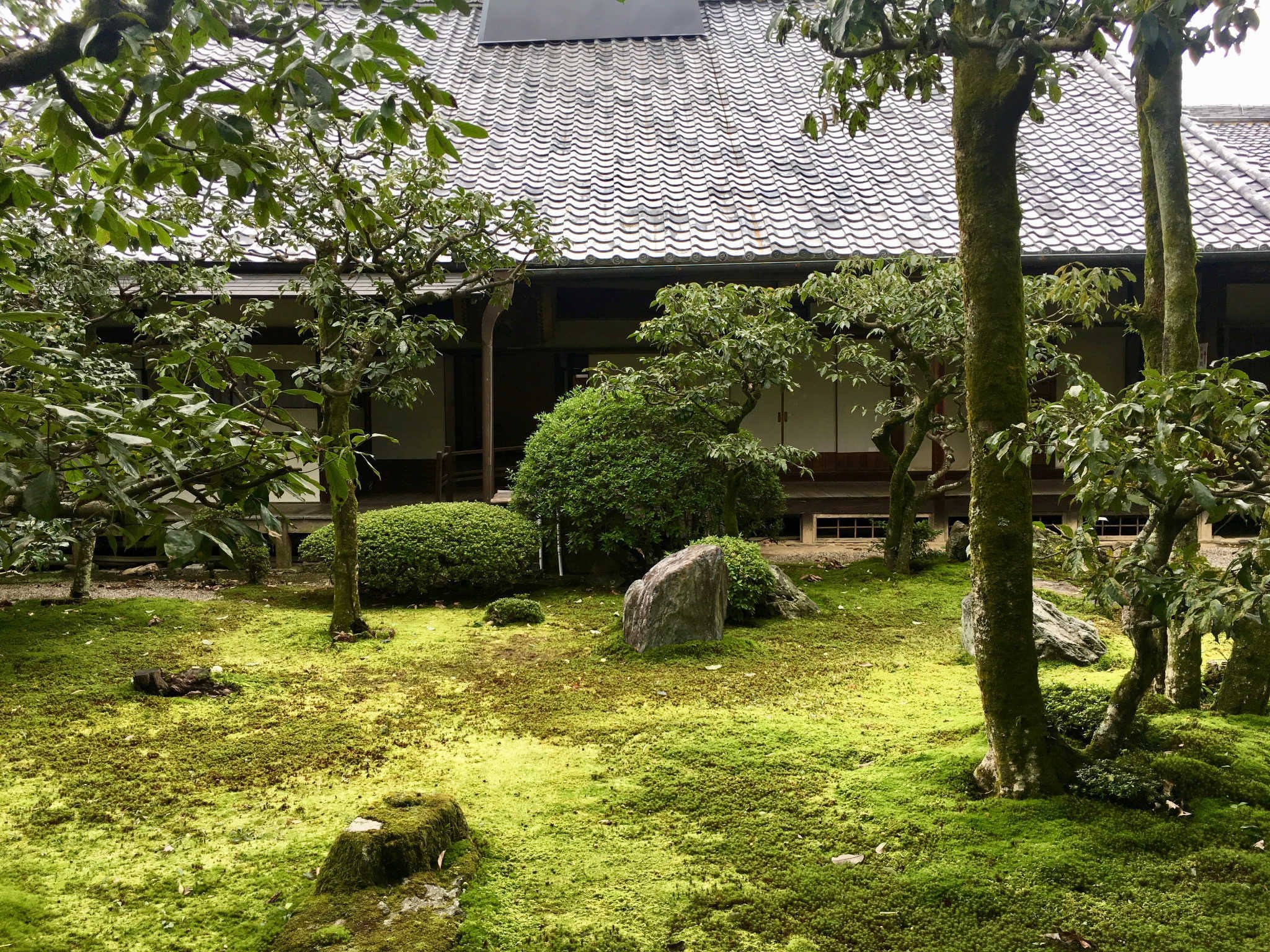
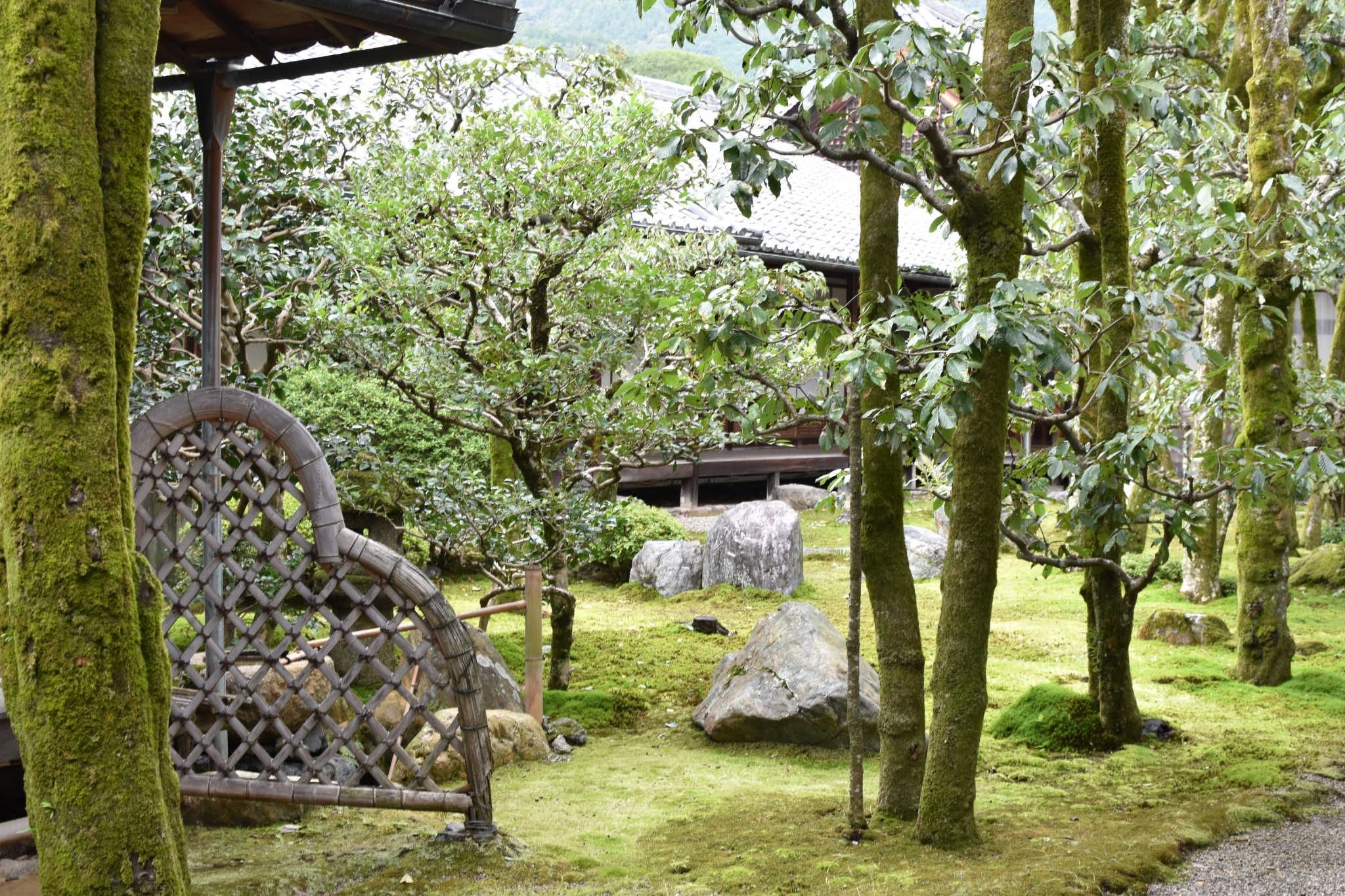
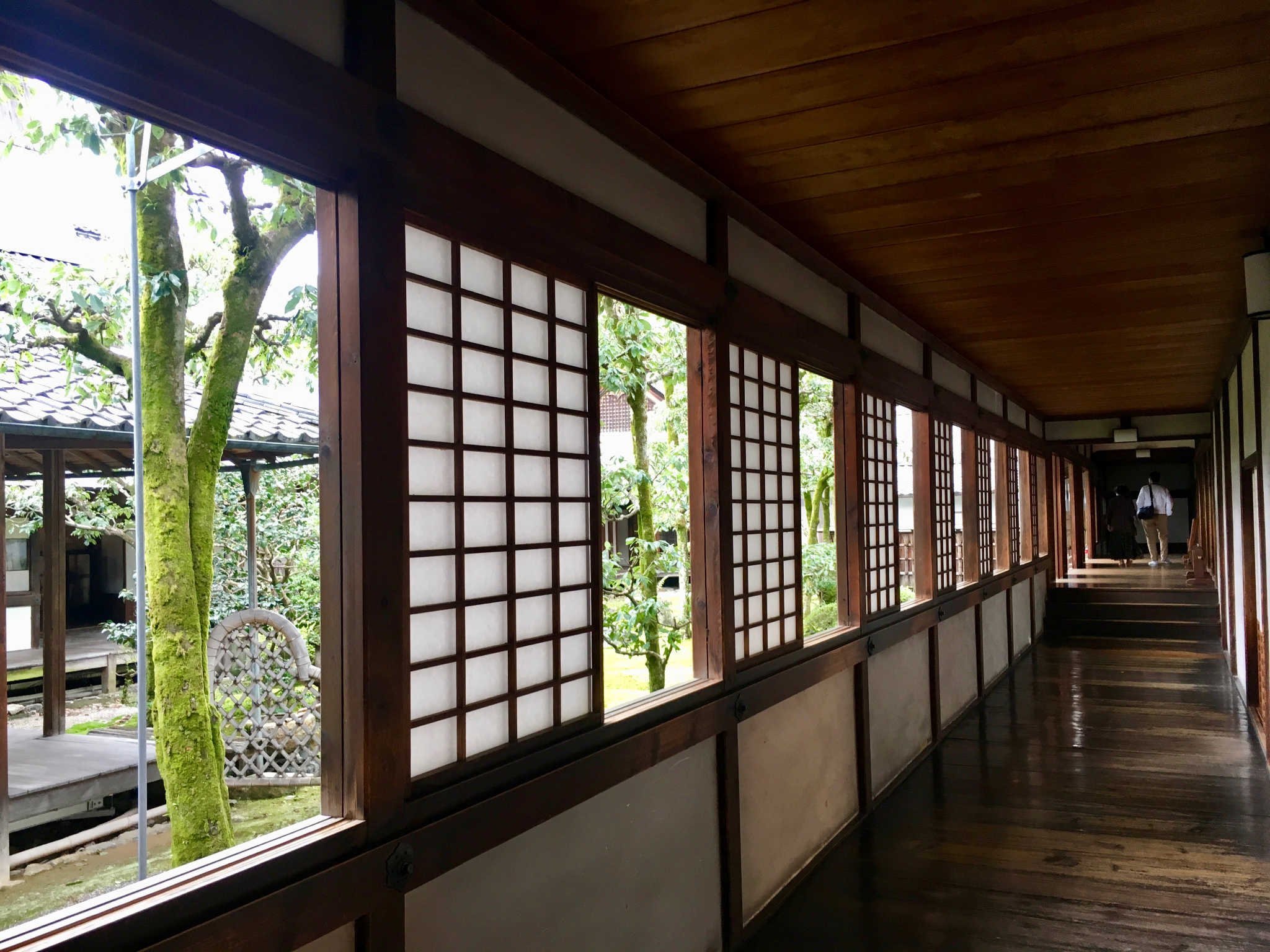
It is a succession of gardens of stone and moss, then dry garden with immaculate gravel. The place impresses with its beauty. You feel the fresh air of the mountain, and then this silence. The absence of noise is disturbing. The weather is heavy, without the slightest wind to move the leaves of the surrounding trees.

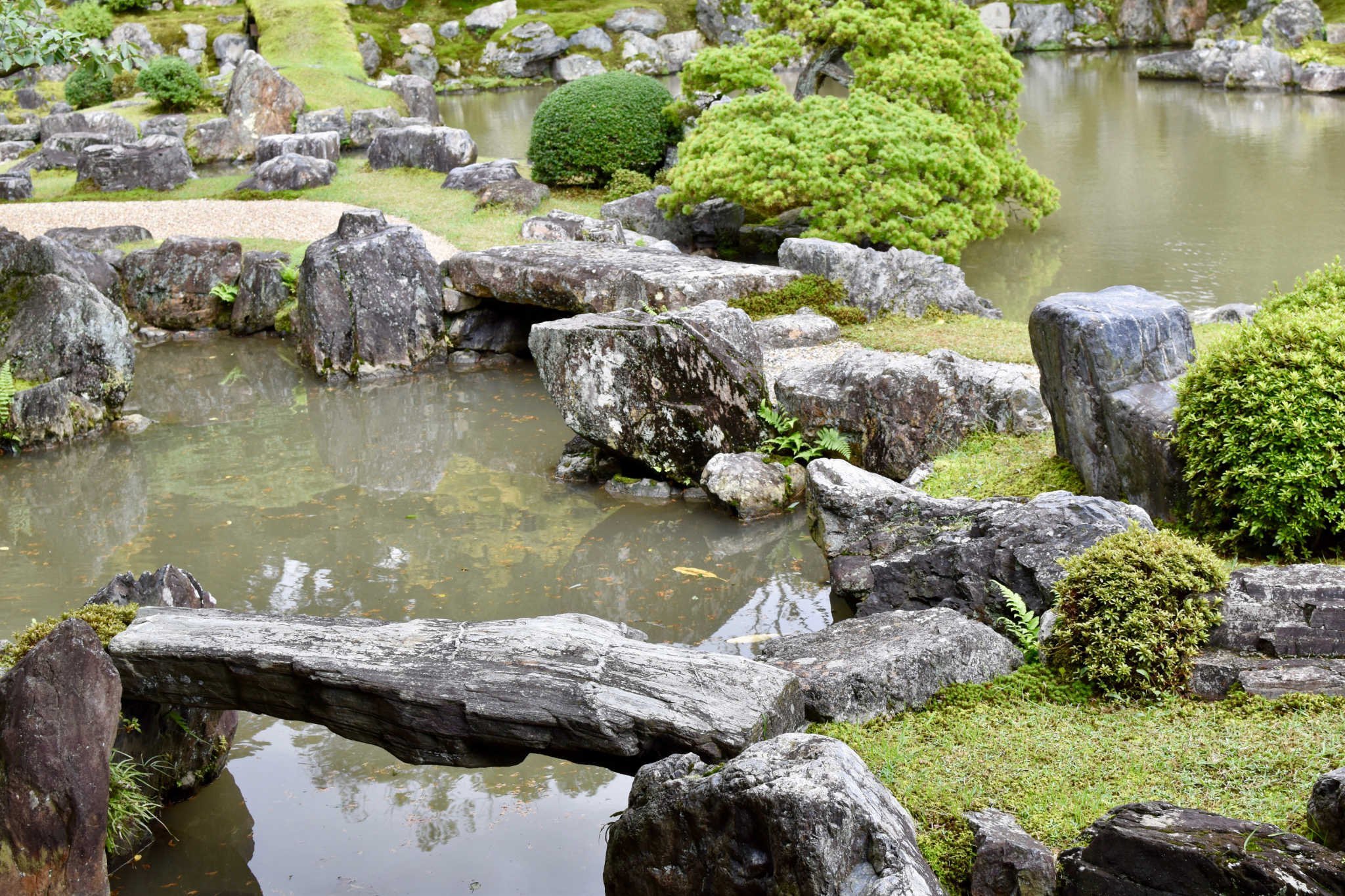

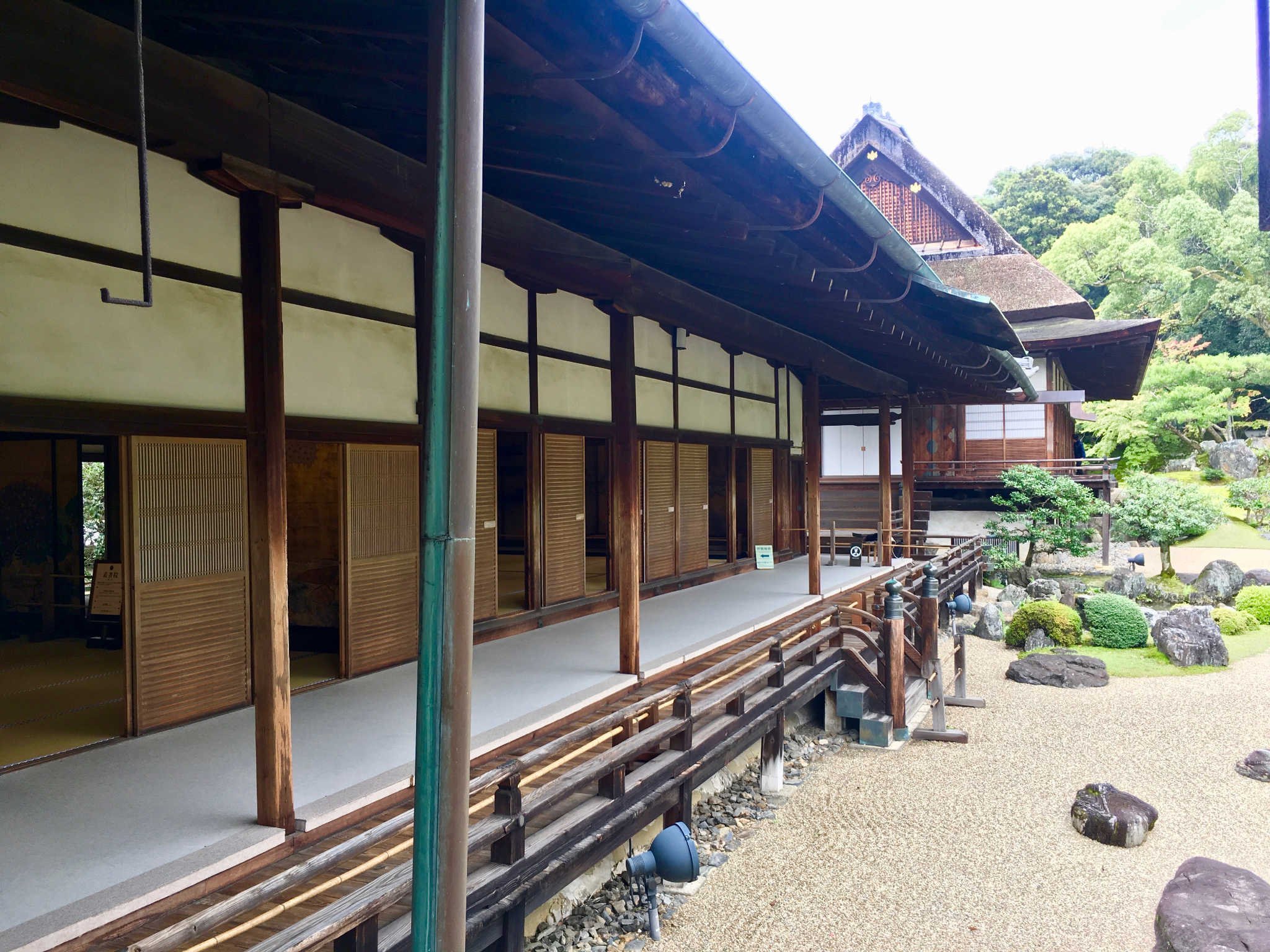
It's quiet and relaxing, and the garden is really beautiful, with several moods that alternate. We leave this extraordinary place for the rest of the complex. About fifteen buildings follow each other, some more interesting than others. We meet from time to time Buddhist monks.
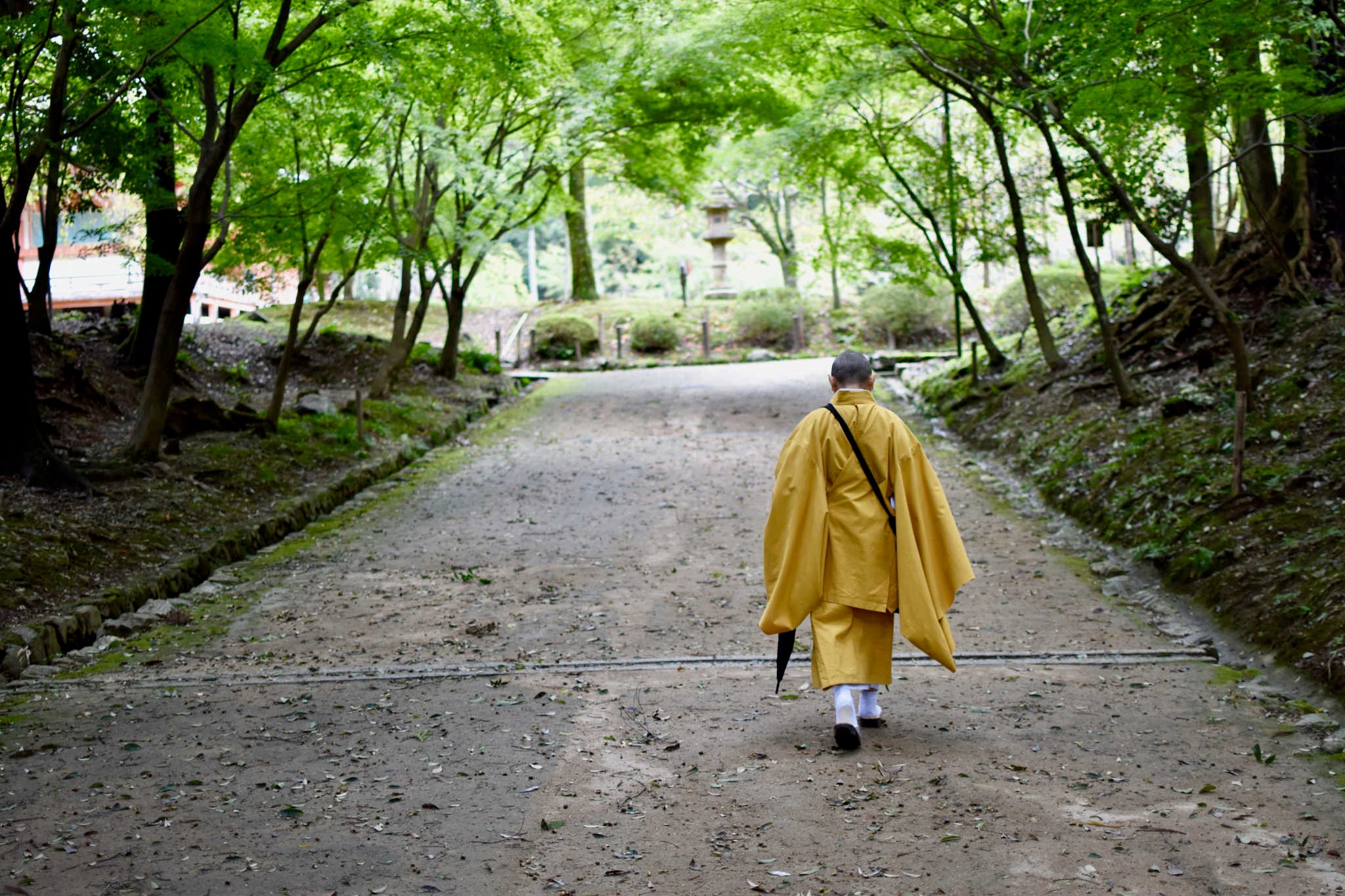
We begin to climb gradually on the side of the mountain. We linger on the impressive pagoda of 5 floors. At 38 meters high, it is the oldest wooden building in Kyoto.
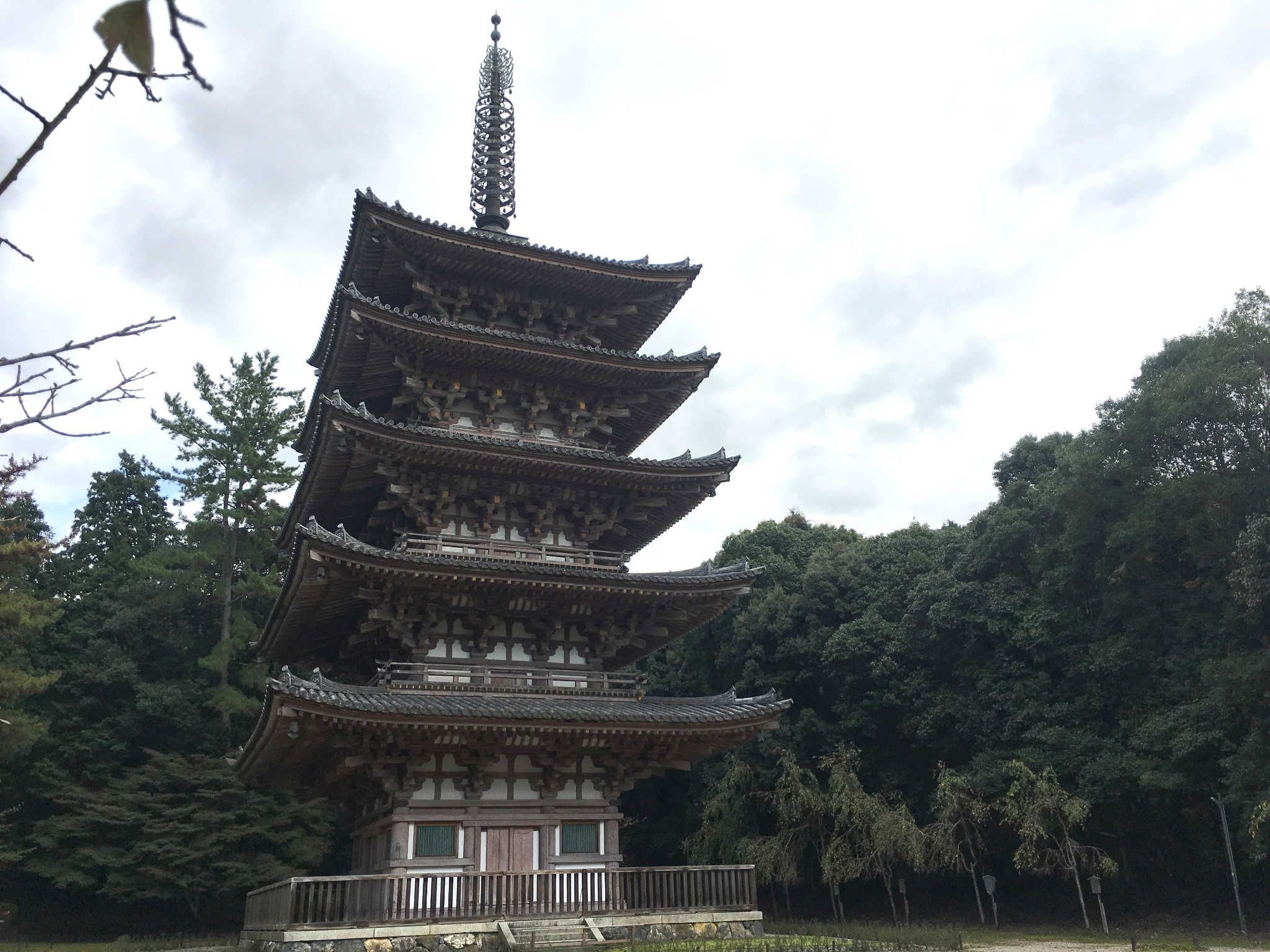

Finally, we arrive at the small pavilion Benten-dō and its red bridge over a small lake. Magic show, which is the happiness of photographers. In the fall, all the maples around are bright red and this is the part of the garden that is the most photographed.
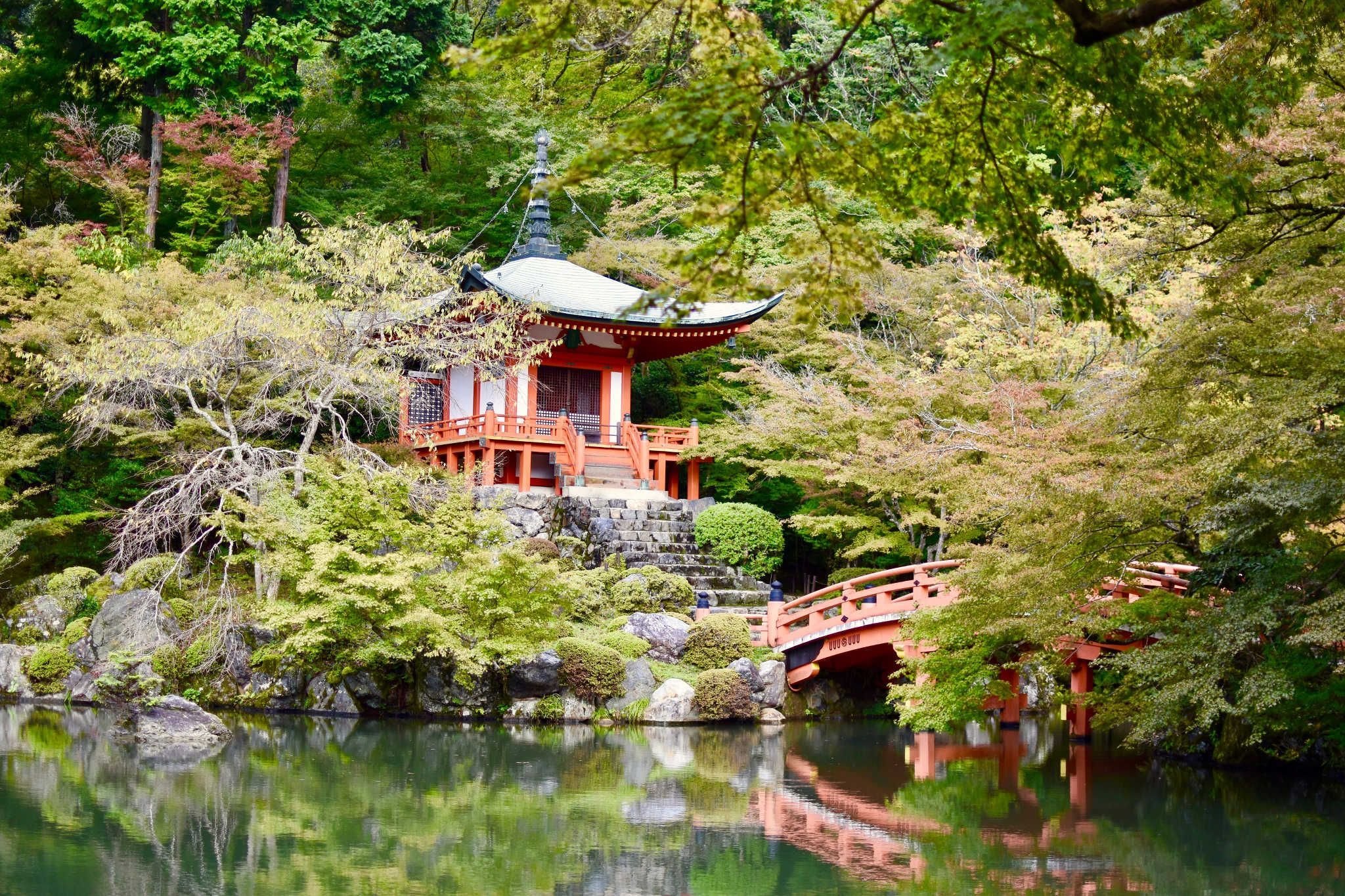

We go down again. The entrance ticket gives us the opportunity to visit the museum. A much more modern building, in which are exposed several statues, models of the pagoda, Japanese panels.
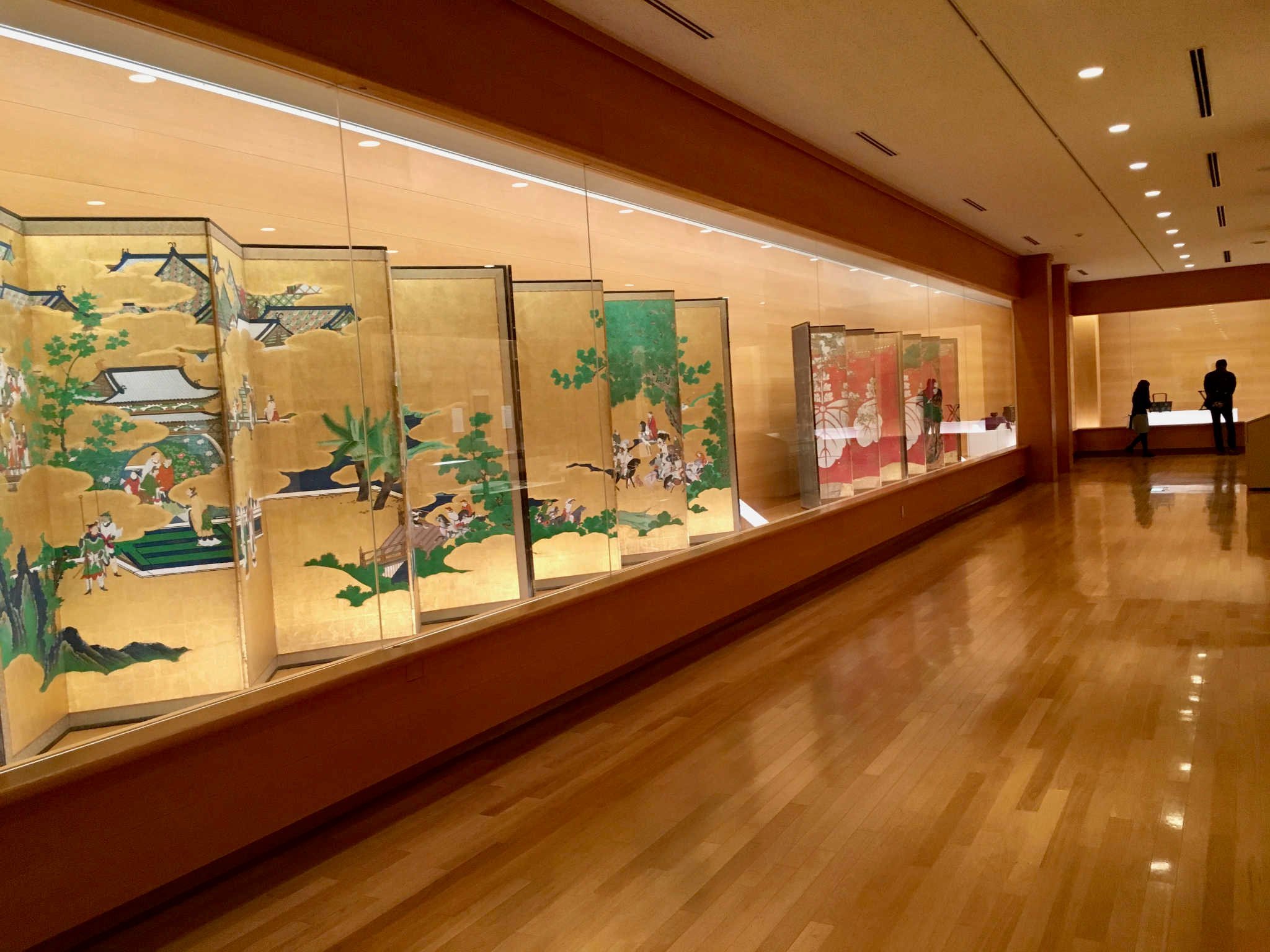
I am not a fan of museums. But I can see that it is very well done and interesting. At the same time playful and didactic. There is a lot of space and the elements are well highlighted.
The day ends quietly. We take the subway to the center of Kyoto and finish the evening in a sushi bar. We rest our legs before the next day that will be busy and we will discover some extraordinary places.
-- @japon
01: Travel diary in Japan, by @japon
02: Tokyo, overcrowded city? Really? by @japon
03: Are the Japanese too disciplined? by @japon
04: Going to Japan without speaking Japanese? by @japon
05: Ueno, more than just a big park in Tokyo, by @japon
06: Asakusa, diving in the heart of Tokyo's historic district, by @japon
07: Ameyoko, Ueno's colorful market, by @japon
08: Tsukiji, the largest fish market in the world, by @japon
09: Climb the steps of Atago Jinja Shrine in Tokyo, by @japon
10: Hama Rikyu, an exceptional park in the heart of Tokyo, by @japon
11: Jimbocho, old books and tempura, by @japon
12: Shinjuku Gyoen Park and the best burger in the world!, by @japon
13: One night in Shibuya, by @japon
14: Takeshita dori : this little street dedicated to fashion (and good crepes), by @japon
15: They lie to you about Kyoto, by @japon
16: The temples and secret garden of Higashi in Kyoto, by @japon
17: Kinkaku-ji, the temple of the Golden Pavilion in Kyoto, by @japon
18: Ryoan-ji, the amazing stone garden in Kyoto, by @japon
19: The Ninna-ji Temple and its extraordinary gardens, by @japon
20: Kyoto Gyoen, the Imperial Palace Park, by @japon
21: Nishiki Market: A Must in Kyoto, by @japon
22: Ginkaku-ji, the temple of the silver pavilion in Kyoto, by @japon
23: Meditate on the path of philosophy, by @japon
24: Nanzen-ji, its impressive gate and two gardens, by @japon
25: Heian-jinju: the big shrine and its garden that I almost missed, by @japon
26: Eikan-do, the temple of the momiji maples in Kyoto, by @japon
27: Kodai-ji, a Kyoto temple dedicated to a woman's love for her husband, by @japon
28: Sannenzaka and Ninenzaka, the streets of Higashiyama, by @japon
29: Kiyomizu-dera, the temple of pure water in Kyoto, by @japon
30: Tofuku-ji: the maple lookout point, by @japon
31: Makis, Yasaka-jinja Shrine and Maruyama Park, by @japon
32: Nijo Castle and its fabulous garden, by @japon
33:Departure for Osaka and its castle, and announcement of a typhoon, by @japon
34: Osaka, the garden Keitaku-en under a torrential rain, by @japon
35: Doguya-suji, the kitchen market in Osaka, by @japon
36: Dōtonbori, the bustling district of Osaka, by @japon
37: Back to Kyoto and Typhoons, meetings and reunions, by @japon
38: Sanjūsangen-dō, the temple of a thousand and one statues, by @japon
39: On the road to Fushimi Inari Taisha, by @japon
